Features of planting different varieties of dill and caring for them in the open field
Planting dill in open ground and subsequent care for it is a traditional occupation of all gardeners. Not a single summer cottage can do without this useful aromatic plant. An annual from the umbrella family is considered unpretentious and cold-resistant. The main thing is to choose the right place and time of sowing, watering and feeding.
How to plant dill
Growing dill in the open field can be started as early as April, especially if the choice fell on late-ripening varieties. For early maturing, the ideal time is late May or early June. With the conveyor method of growing (dill is planted every 10 days), the green harvest will delight not only the whole summer, but also the first half of autumn.
So, first of all, you need to prepare the soil: dig up the soil to a depth of 20 cm and add humus. Additionally, you can add superphosphate and potassium sulfate.
The place should be sunny and warm, however, the sowing itself is best done in the late afternoon or early morning. The soil temperature immediately upon planting should not fall below 7 degrees.
The distance between the rows in the garden should be about 30 cm, and between the seedlings - 10 cm.
Advice
It is better to plant cabbage, cucumbers, garlic, potatoes in the neighborhood, zucchini... But parsley, cilantro and fennel should be planted away.
Ash must not be added to the soil. It is not recommended to plant dill in the beds where celery used to grow.
Growing dill is quite simple; it can be successfully done both in the open field and in a greenhouse and even at home. The seeds only need to be placed in the prepared grooves to a depth of about 4 cm. Then cover them with loose earth and water thoroughly.
Dill is not afraid of cold weather and can rise even at + 3C °, however, in order to speed up this process somewhat, it is recommended to soak the seeds for 1-2 days in warm water before sowing. This flushes out the essential oil, which inhibits the germination process. During the day, the water will need to be changed several times.
Advice
After soaking, the seeds can be washed first with a strong solution of potassium permanganate, and then with running water. Be sure to dry immediately before disembarking. In this case, dill rises on the 10th day.
How to care for dill
After the first shoots appear, the plant will have to regularly thin out, fertilize, remove weeds, loosen the soil and, of course, water. If dill grows under a film cover, then with the onset of heat it is better to remove it so that a greenhouse effect is not created. Then the development and quality of greenery in general will be higher.
In hot weather, watering should be done at least 2 times a day, otherwise the aromatic dill will turn into tasteless yellowed grass. Experienced summer residents install an automatic irrigation system on their site. It is convenient and safe, it saves not only time, but also energy.
Despite the fact that dill can grow without additional fertilizers, at least sometimes it is still worth feeding it. The ideal option would be nettle infusion, which, unlike other nitrogen fertilizers, does not accumulate nitrates. However, it is better to use it no earlier than half a month before the expected harvest.
Before growing dill in a greenhouse, open field or at home on a windowsill, you need to decide on the variety and purpose (the plant is used not only in cooking, but also in folk medicine).
Dill varieties
It may be difficult for a beginner to determine which type of dill grows with a neighbor, and which is better to plant on your site. In fact, the plant differs in rosette shape, width, length and shape of leaf segments, color and degree of leaf dissection.Also, dill can be divided into early, medium and late varieties.
Consider early maturing species.
- Gribovsky. Dill cultivation takes about a month. It is allowed to sow not only in open ground (including under the film), but also at home on the windowsill. Resistant to diseases, not capricious. Can grow up to 25 cm in height. Can be grown on a conveyor belt from April to July.
- Further. Differs in brightness of leaves and high yield. It can be planted in June, and after a month it can be used for food both fresh and dried, frozen. The culture is not afraid of cold and insects, has a weak waxy coating as a protective film.
- Aurora. You can collect fragrant fluffy greens in 25 days. This is a new hardened strain that almost never gets sick. Ready for planting by seeds even in autumn. It is a powerful bush with closely spaced internodes. Beautiful bright green leaves will also beautify the site.
Now let's look at medium-ripening varieties.
- Kibray. The best place for this crop is a greenhouse. It is under the film that dill ripens much faster. The leaves are light green, sometimes with a yellowish tinge, which inexperienced gardeners can confuse with some kind of disease. The plant is raised, can reach a height of 40 cm. Ripening is observed no later than 40-45 days.
- Alligator. The leaves are usually raised. Collection is possible several times per season. Feels comfortable both in the open field and in the greenhouse. You can plant in spring, then the harvest will ripen by early summer.
- Bushy. From the name it is clear that this variety grows as a bush, and very large and strong. Dill can be eaten after 35-40 days, and for the preparation of spices and seasonings you will have to wait another month. As a rule, harvesting begins from the bottom leaves, gradually moving upward.
Consider late varieties.
- Salute. This is a bush variety. It can reach a height of 150 cm. Leaves and stems grow strong and large. The umbrella is formed late. The crop can be harvested in 2.5 months. The color of the leaves is dark green, sometimes with a bluish tint.
- Buyan. A distinctive feature is a waxy coating on the leaves, which has a protective function. Accordingly, this variety is resistant to cold weather, diseases and pests. Planting in the ground is done by seedlings. Collection starts in 2 months.
Diseases and pests
No matter how much the summer resident does his garden, the plants can still get sick. And it may not even be about care, but about insects, which are often carriers of diseases.
Let's consider the most common problems.
- Aphid. The danger lies in the fact that the pest sucks out the juice, leaving behind bacteria and viruses. The plant wilts, turns yellow and becomes unusable. Special preventive work is not required, it is enough to periodically feed potash-phosphorus fertilizers.
- Carrot fly. In addition to carrots, this parasite loves to feast on neighboring beds, and ground parts. When the carrot fly is infested, the dill dries up and takes on a reddish tint. As a preventive measure, you can sometimes treat the area with a tobacco-sand mixture or special preparations, for example, "Vantex" or "Arrivo".
- Powdery mildew. It appears as a white bloom on the leaves. Dill dries quickly and crumbles. As a rule, the causes of the disease are not associated with human factors. Dew can be noticed in late June or early July due to sudden temperature changes or prolonged downpours. In the initial stages, the plant can be cured with colloidal sulfur.
- Fusarium. The most obvious symptoms are rotting root, wilting leaves and chlorotic spots. In this case, the onset of the disease can provoke improper care, for example, excessive watering, damage to the roots when loosening, planting in unprepared soil, inappropriate fertilizers.It is possible to correct the situation only in the early stages of the development of fusarium by organizing treatment with fungicides.
Of course, no one is insured against unfavorable weather conditions, but with proper care and adherence to all the rules of agricultural technology, you can reduce the risk of problems. Dill contains a huge amount of vitamins and minerals, therefore it should be present in the diet of every person.
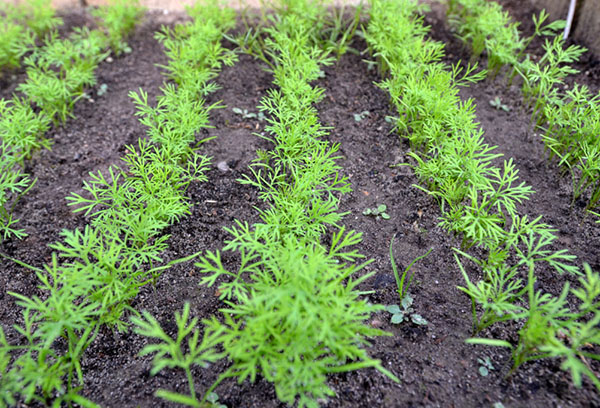
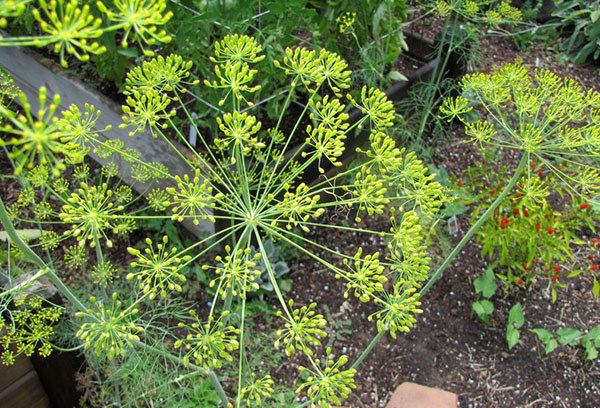
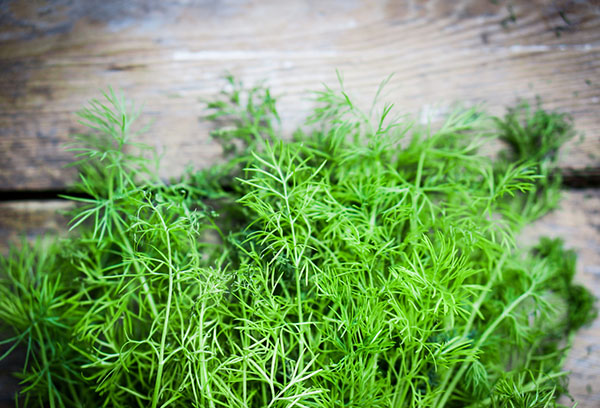
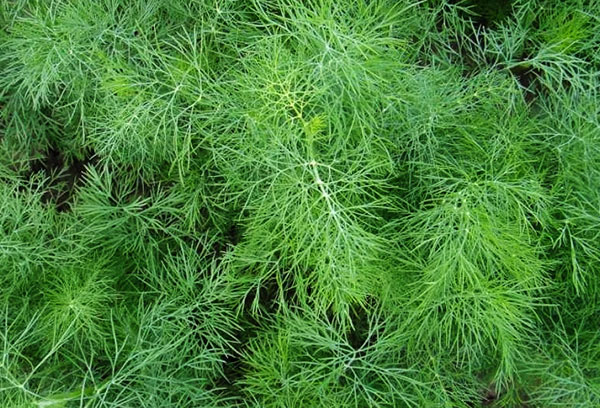
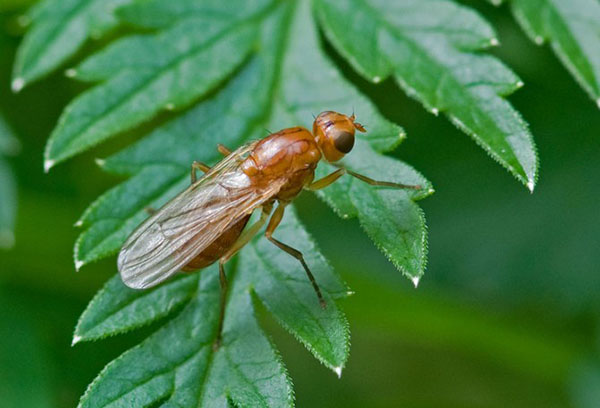
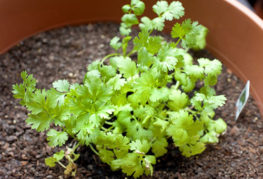
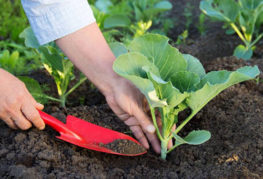
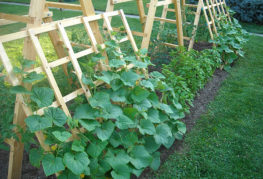

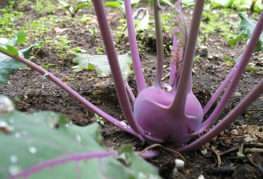
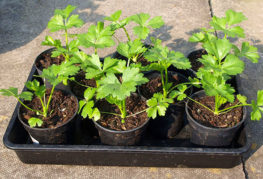
and will be published shortly.